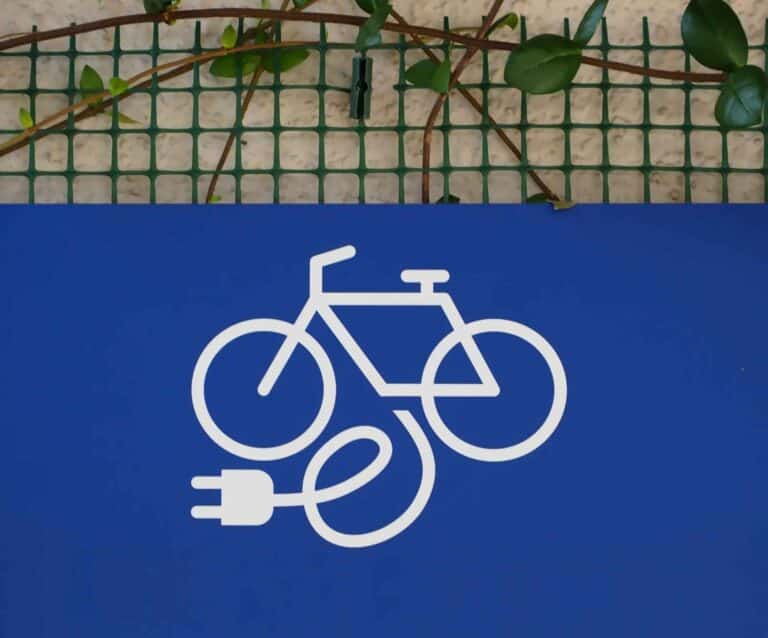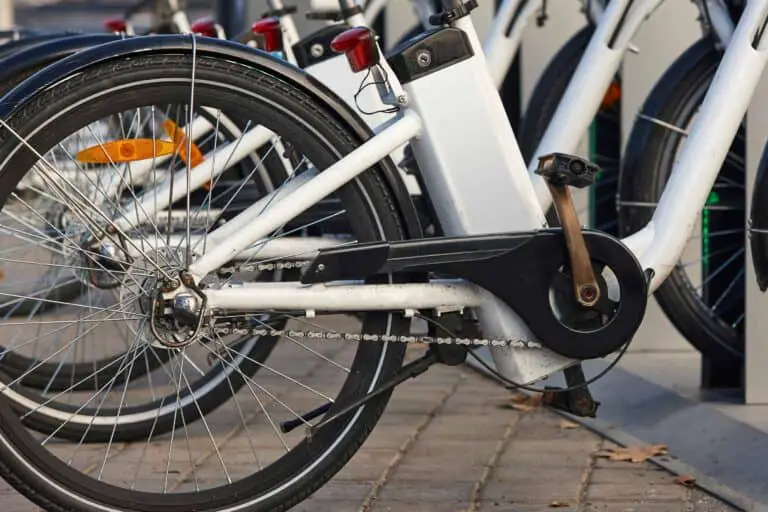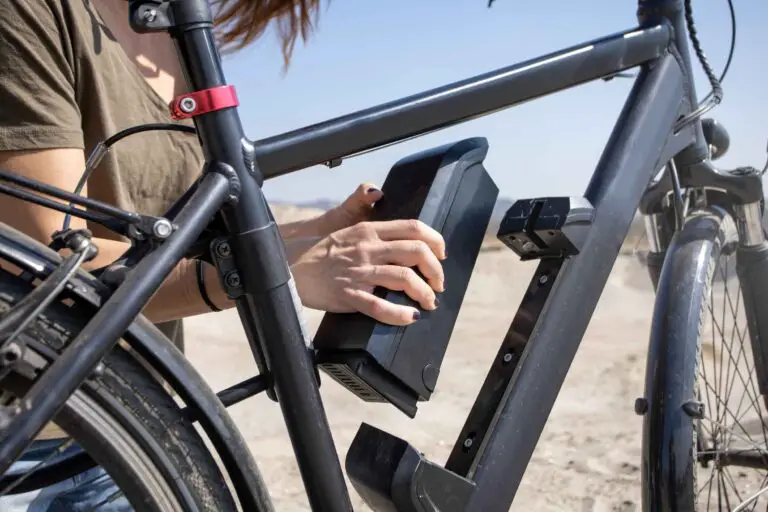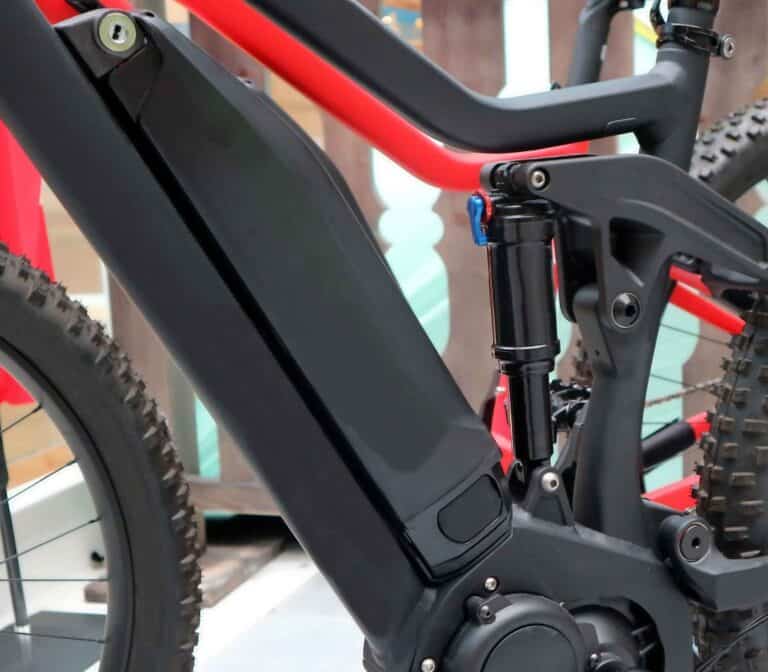Why Does My Bike Seat Tilt (How to Fix Today)
I was conducting my weekly check on my bike, and I observed that my bike seat had tilted. I then proceeded to inspect my bike seat carefully to find out what could be the reason why my bike seat had tilted.
As a general rule, bike seats may tilt due to different reasons, including improper installation of the seat, improper placement, a damaged seat post, a loose seat clamp, misalignment or insufficient tightening of the bike rails and seat post, and excessive lubrication.
Tilted bike seats are one of the most common issues that any bike riders may experience with their seats. Tilted seats may cause discomfort when riding, and in the worst-case scenario, may result in possible safety risks. In this article, we delve into the possible reasons why bike seats tilt, mention possible ways to fix them, and answer related questions.
Why Does My Bike Seat Tilt?
There are lots of possible reasons that bike seats may tilt. Some of them include:
- Improper installation and placement of bike seats
- Worn-out/damaged seat post or bike seat
- Loose seat clamp or bolts
- Misalignment or insufficient tightening of bike rails and seat post
- Excessive lubrication
Improper Installation and Placement of Bike Seats
One possible reason for your bike seat tilting is improper installation or placement. When the bike seat is not installed correctly, it can lead to discomfort during rides, disrupting your enjoyable cycling experience. Improper installation may not only cause the seat to tilt but also result in movement or wiggling as you ride, exposing you to safety risks. The tilted seat can cause an unstable or unbalanced seating position, potentially straining your back, legs, and muscles.
Therefore, when installing a bike seat, ensure it is properly installed and positioned. Check that it is adjusted according to your height, with your weight distributed evenly, and in your preferred riding position. Proper positioning and installation can contribute to a more efficient and enjoyable ride.
Worn-out/Damaged Seat Post or Bike Seat
Another thing that can contribute to bike seat tilting is a damaged or worn-out bike seat or seat post. Signs of damage or wear include rust, cracks, tears, or structural issues with your bike seat or seat post. This could cause your bike seat to tilt or reduce support, compromising overall seat stability and making your riding position unstable and unbalanced. This may result in discomfort, muscle pain, or even the risk of falling, causing minor or major injuries.
So, if you discover this problem when checking your bike seat, it’s advisable to promptly replace the damaged seat or seat post. This ensures you can continue riding your bike safely and comfortably.
Loose Seat Clamp or Bolts
The bike seat may also tilt due to loose bolts or clamps. The seat clamp and bolts are parts that keep the bike seat securely connected to the seat post, so when they are loose, it could make the seat move, wiggle, or tilt. When this happens, it could disrupt your ride and cause discomfort and muscle fatigue or possible accidents due to instability and an unbalanced bike seat.
That is why it is essential to check your bike regularly to ensure that everything is secured. If there is a loose bolt or seat clamp, tightening them could resolve the issue of a tilted bike seat.
Misalignment or Insufficient Tightening of Bike Rails and Seat Post
The bike rails, which are the metal bars underneath the bike seat, play a crucial role in providing strength and supporting your overall weight. When these bike rails are misaligned or not securely connected to the seat post, it can lead to movement or tilting.
To resolve this issue, it is recommended to make adjustments to achieve the balanced position of your bike seat. Always ensure that you have the right riding position to make your cycling experience comfortable. Make height and angle adjustments as necessary, and securely tighten the seat.
Excessive Lubrication
Another factor that could tilt the bike seat is excessive lubrication. While lubrication is beneficial for smoothing movements and reducing friction between parts, it’s important to apply just enough. Excessive lubricant on components such as bike seat posts, clamps, or bolts can cause these parts to move, leading to the tilting of the bike seat.
When this happens, it is recommended to wipe off the excessive lubricant to maintain a safe, secure, and stable connection between the bike seat and the seat post.
If you are interested in learning how to find the perfect riding position for your rides, you can watch the video below.
Why Does My Bike Seat Keep Going Down?
As a whole, there are several reasons why your bike seat keeps going down, such as an incorrect seat post diameter, excessive rider weight, a loose seat clamp, improper installation, a faulty seat post, or insufficient friction or lubrication.
The continuous slipping down of the bike seat can be very frustrating and not only hinders your riding experience but also exposes you to safety risks. Regularly checking your bike is crucial for both safety and comfort.
When the seat post and seat tube are not perfectly fitted or improperly installed, there is a possibility that the seat will keep going down when seated. Other factors that can contribute to the slipping of the bike seat include a faulty seat post. Additionally, if your weight exceeds the limit that the seat post and seat can handle, the bike seat may also slip down. Therefore, always check your bike’s weight limit to assess if it can handle your weight. Another factor that could contribute to the continuous slipping of the bike seat is a faulty seat post. In such cases, it would be a great idea to replace it with a new one. Additionally, insufficient lubrication could also be a contributing factor.
Bike Saddle Keeps Coming Loose
On average, if your bike saddle consistently loosens, it may suggest an issue with the nuts or bolts securing it to the seat post. So, in this case, the very first thing that you have to do is to thoroughly inspect these fastening components.
When you notice that your bike saddle consistently comes loose during rides, it could be due to the bolts securing your saddle into the seat post becoming loose. If this is the case, you can easily address the issue by securing and tightening them more.
If the saddle is not the original one that came with your bike and has been replaced, it’s essential to check its compatibility with your seatpost. Incompatibility between the saddle and seat post may lead to the saddle repeatedly coming loose. In such instances, it’s advisable to replace it with a saddle recommended by the bike’s manufacturer. Consulting your bike manufacturer or a professional mechanic for guidance is a good idea.
Another potential contributor to this issue could be problems with your saddle rails or the connection point on the seatpost. If you observe that your saddle keeps loosening, it’s crucial to temporarily stop riding until you identify and address the problem. This issue could pose a safety risk, so always prioritize safe riding practices.
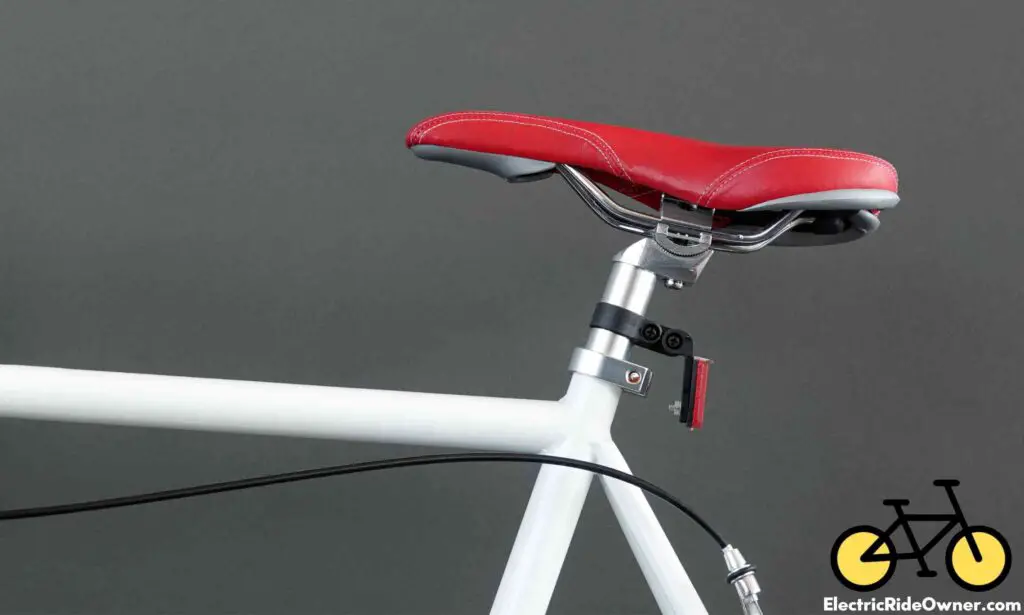
Should My Bike Seat Tilt?
As a whole, your bike seat should not tilt to the side. A tilted bike seat may result in improper weight distribution, greatly affecting your riding posture and causing discomfort. Moreover, this can pose a possible safety risk.
Bike seats should not tilt to the side, but they can tilt up or down at your preferred angle. However, the seat should not tilt, move, or wobble when ridden.
Bike seats should be properly tightened and secured to avoid wobbling or movement while riding your bike. If you discover that your seat has tilted, it is advisable to address this issue immediately, as it could lead to problems such as instability, discomfort, muscle pain, and accidents. Make necessary adjustments according to your personal preference for a more comfortable ride.
Should I Tilt My Bike Seat?
As a whole, you can tilt your bike seat up or down to adjust the angle according to your preference. Tilting the seat to the side is not advisable, as it could lead to instability and discomfort, disrupting your ride.
The primary decision of whether you want your bike seat to be slightly tilted up or down depends on your riding preference. Some riders may prefer the saddle to be flat, while others prefer slightly tilted seats. You can readjust the angle of your bike seat to your liking, providing more comfort and control during your bike rides.
“Find your balance; find your peace.”
– unknown
How to Fix a Wobbly Bike Seat?
As a general rule, the very first thing to do to fix a wobbly seat is to check your bike to determine what causes the wobble. Once you’ve found the issue, you can try different ways to resolve it; in most cases, tightening the bolts is the primary thing to do.
A wobbly seat is one of the common issues that riders face with their bike seats. But you don’t have to worry, as this issue can always be resolved. To fix a wobbly seat, start by identifying the cause. Several factors contribute to a wobbly bike seat, including improper installation and loose bolts. In such cases, inspect the seat clamps and bolts connecting the bike seat to the seat post. If the bolts are loose, tighten them evenly. If the bolts are worn out, consider replacing them for a secure fit. If it’s too hard to tighten the bolts, try applying a small amount of lubricant.
How Do You Tighten a Bike Seat?
As a whole, here are the general steps for tightening a bike seat:
- Prepare the necessary tools, such as an Allen or standard wrench.
- Identify the location of the bolts or the clamp.
- Tighten the bolts or clamp securely.
- Check for any wobble or movement.
When tightening a bike seat, start by preparing the needed tools. In most cases, a wrench is sufficient, unless your bike seat or seat clamp requires a special tool. Locate the bolts and tighten them securely. Afterward, check if the bike seat still moves by trying to shift it or sitting on it. If possible, consider applying a thread locker to the bolts for added security. You can find various thread lockers on Amazon or at your local bike shop.
Bike Seat Clamp Won’t Tighten
As a whole, if your bike seat clamp won’t tighten, it could be due to various factors involving issues with the seat clamp bolts, the seat post, or the seat clamp itself. There could be wear on these parts or incompatibility.
If you observe that your seat clamp won’t tighten, check the seat clamp bolts, the seat clamp, and the seat post. Inspect your seat clamp bolts; if they are rusty, you can try cleaning them, but if they are totally worn out, it’s best to replace them with new ones. Make sure that the new bolts are the same size, measurement, and threading as the old ones.
Another factor that could contribute to a loose seat clamp is a potential issue with the seat clamp itself. Check for any wear, tear, or bending on the seat clamp. The seat clamp should evenly grip the seat post. However, if there is any damage to your seat clamp, it will prevent you from tightening the grip on the seat post.
If the seat clamp and bolts are in good condition, check the seat post of your bike. If you have a perfectly working seat clamp but a damaged seat post, the clamp won’t tighten its grip. Another potential issue is the incompatibility of the seat clamp and the seat post. If these two parts are incompatible, the seat clamp will keep on loosening.
If you are looking for a bike seat, you can check our article “Are Bike Seats Universal (How You Can Tell).”

